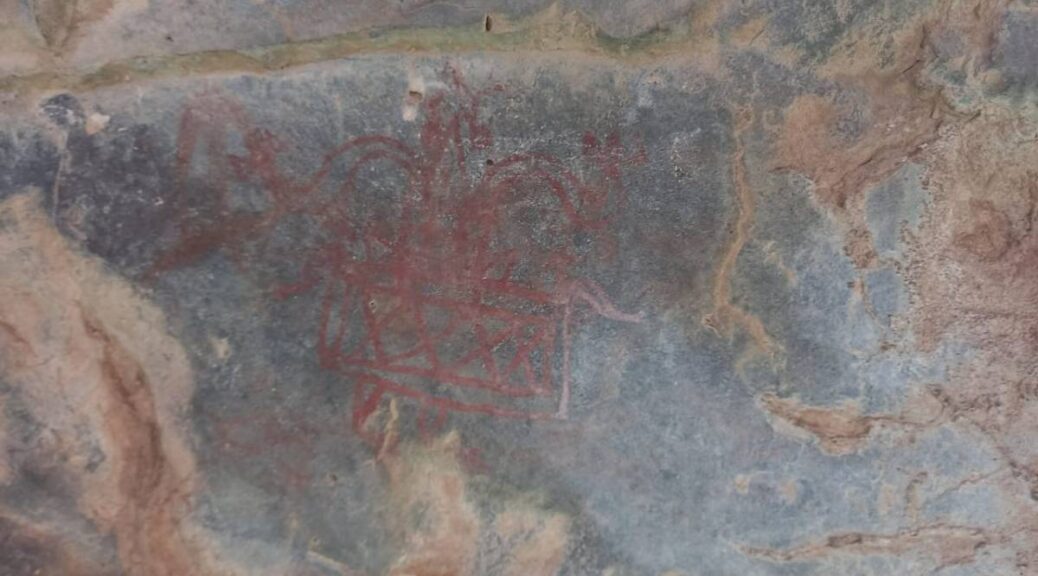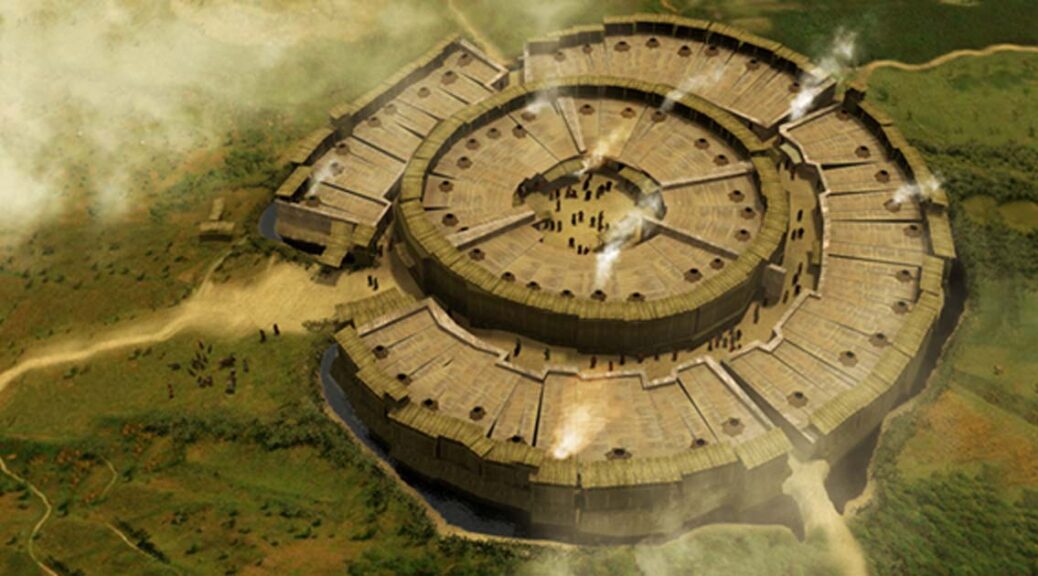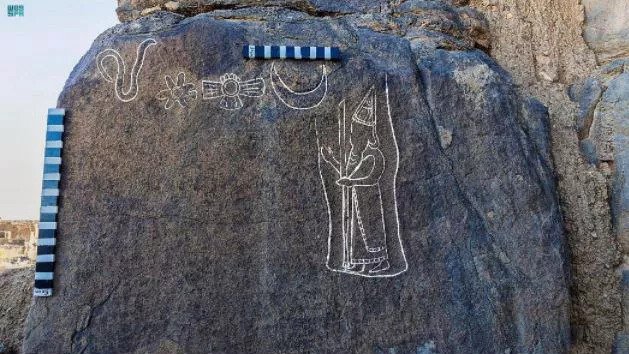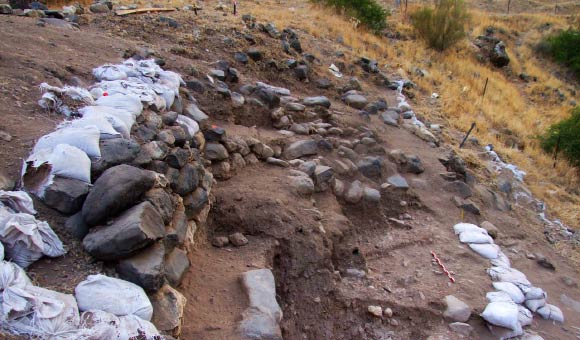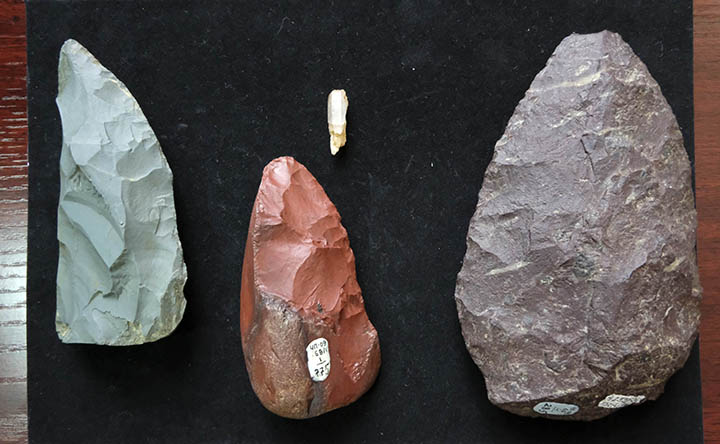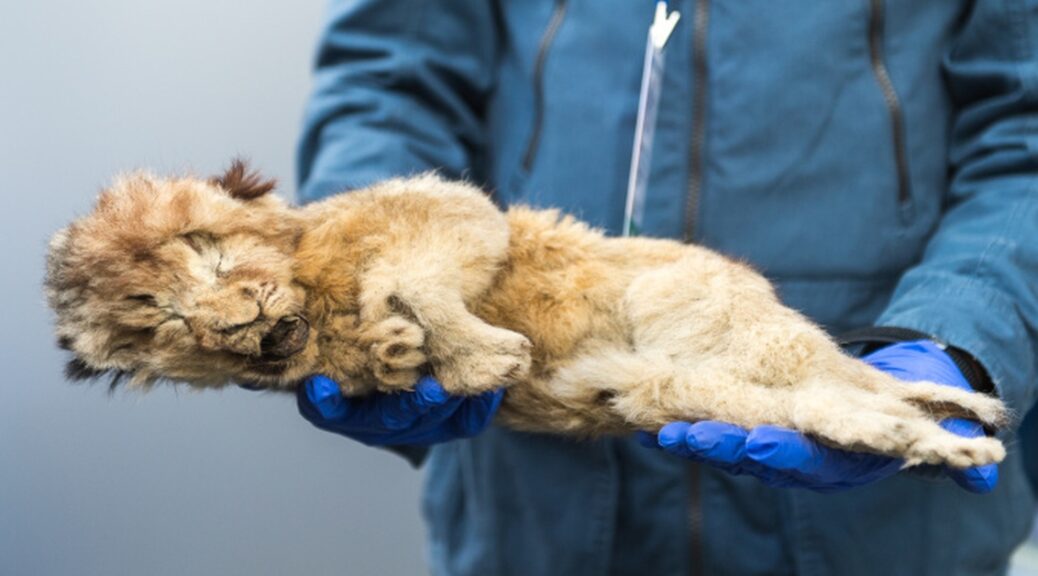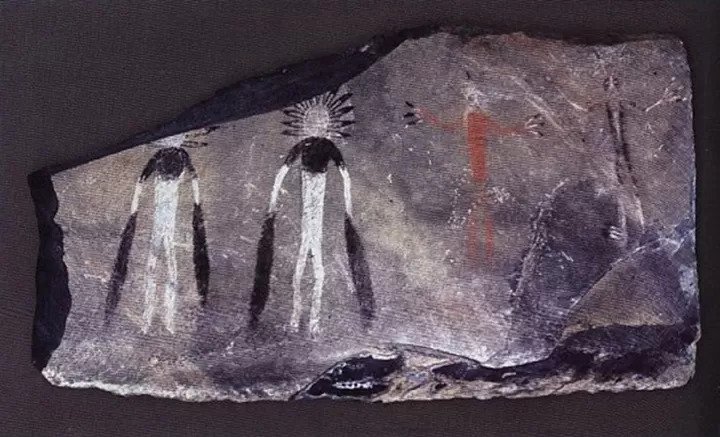Stone Age tools, cave paintings discovered in India could be clues to ‘prehistoric factory’
Mangar, Haryana: Prehistoric cave paintings belonging to the Paleolithic era, and rock shelters as well as tools and tool-making equipment, presumably dating back to the lower or early Paleolithic era have been found hiding in plain sight in the Aravallis.

The palaeolithic era, or the Old Stone Age, dates back to 10,000 BC when humans still lived as hunters and gatherers. Tools belonging to the Stone Age have been found in rock shelters as well as in open-air sites, spread across nearly 5,000 hectares, Banani Bhattacharya, Deputy Director, Haryana Department of Archaeology and Museums, told ThePrint.
Located in the Aravalli hills near Mangar Bani forest along the Gurugram-Faridabad stretch in Delhi-NCR, the discovery is monumental as it changes the understanding of Haryana’s history, pushing it back further by several thousand years than we currently know.
“Haryana is known as the cradle of Indian civilisation. Earlier, 28 sites dating back to the Harappan and pre-Harappan era had been discovered in the state. However, cave paintings and rock art sprawling in such a large area have been discovered for the first time. This discovery suggests that the history here could be 1 lakh years old,” Bhattacharya said.
While the Aravalli range is known for housing pre-historic remains, the latest discovery is the first time rock paintings have been found here. While the rock art and tools are estimated to be about 1 lakh years old, the paintings might not be older than 20,000-40,000 years, according to Bhattacharya.
The estimates, though, are preliminary and need further research, documentation and carbon dating to accurately determine the exact time period this site belongs to.
Based on initial observations, Bhattacharya said, it appeared humans had settled in this area for quite some time as the archaeologists noticed that the pattern of drawing had evolved. This gives them a chance to trace how early humans developed their tool-making skills.

“Some are line drawings, which are the oldest when humans hadn’t really figured out how to draw complex patterns. Then we can see drawings of different geometric shapes, foliage, animals and human figures. We’ve found some symbols that look like cup marks, which had presumably been kept for some special purpose,” Bhattacharya said. “While most are ochre, some are white as well. Which means those particular drawings belong to the historic era.”
Bhattacharya also said this could be the biggest Paleolithic site found in the subcontinent. She said this could well be the ‘factory’ of our ancestors, where tools were made.
YouTube video leads to discovery
A YouTube video, posted in May by residents of the area, tipped the Haryana archaeological department to the site, which was discovered later in July.
“We were planning to carry out a survey in the Aravallis here. In May, a video surfaced on YouTube about these caves that villagers have been aware of. However, they never understood the value of these rock carvings and paintings, so we were never alerted earlier,” Bhattacharya said.
No elaborate archaeological survey of the Aravallis has been carried out in this area yet, which, Bhattacharya said, will be done soon. “We’re planning to map the entire Aravalli stretch.”
Another reason the paintings weren’t officially discovered so far was that it takes hiking on undefined trails to reach some of the sites. Over time, the paintings also eroded, thus escaping most untrained eyes. At some sites, dense vegetation covers up the palaeolithic art.
Bhattacharya and her team carried out a three-day survey in the last week of June, identifying several sites. With final documentation and more elaborate research pending, Bhattacharya is yet to have a final count of the number of sites discovered so far.
Wildlife researcher and conservationist Sunil Harsana, who claims he had first posted the video to YouTube, said he has been aware of the caves since his childhood but didn’t understand the significance of the paintings and didn’t know who to talk to about them.
“We had a keypad, basic phones with the bad camera till as late as 2016… so even if I had clicked a picture on them, nobody would’ve understood what I was talking about. And we didn’t know who to tell. Now, once they were put on the internet, they got the attention they deserved,” he said.
Protecting the history
Currently, the sites are exposed and vulnerable — along with what remains of the Stone Age. The trash from the current millennium — such as empty cans and bottles of beer and cola, cigarette butts, empty wrappers of snacks — can also be found here.
Harsana is wary that as more people find out about the discovery, more will come to visit these rock shelters, speeding up the deterioration.
“The site needs urgent protection. You never know who will visit the site and carve their name or ‘hearts’ alongside the prehistoric carvings, just for the fun of it,” he said. Instead, through heritage and eco-tourism, residents of the area could find employment opportunities and be able to earn some.
Both Bhattacharya and Harsana are also of the opinion that Mangar Bani and its surrounding forests on the Gurgaon-Faridabad Aravalli stretch should be declared a heritage-eco zone. This will guarantee the area is protected from illegal mining and encroachment.
“We don’t even know how many of these sites must have been destroyed because of mining and exploitation of the Aravallis. They need urgent protection. As the oldest mountain range in the world, they carry important clues to help us understand our origins and have a lot of stories to tell about the Indian subcontinent,” Bhattacharya said.
Ashok Khemka, Principal Secretary to Haryana government, told Hindustan Times earlier this month the department will be issuing orders to protect Mangar Bani under Section 4 of the Punjab Ancient and Historical Monuments and Archaeological Sites and Remains Act, 1964, and that experts in palaeolithic cave paintings will be carrying out an extensive survey of the area.
